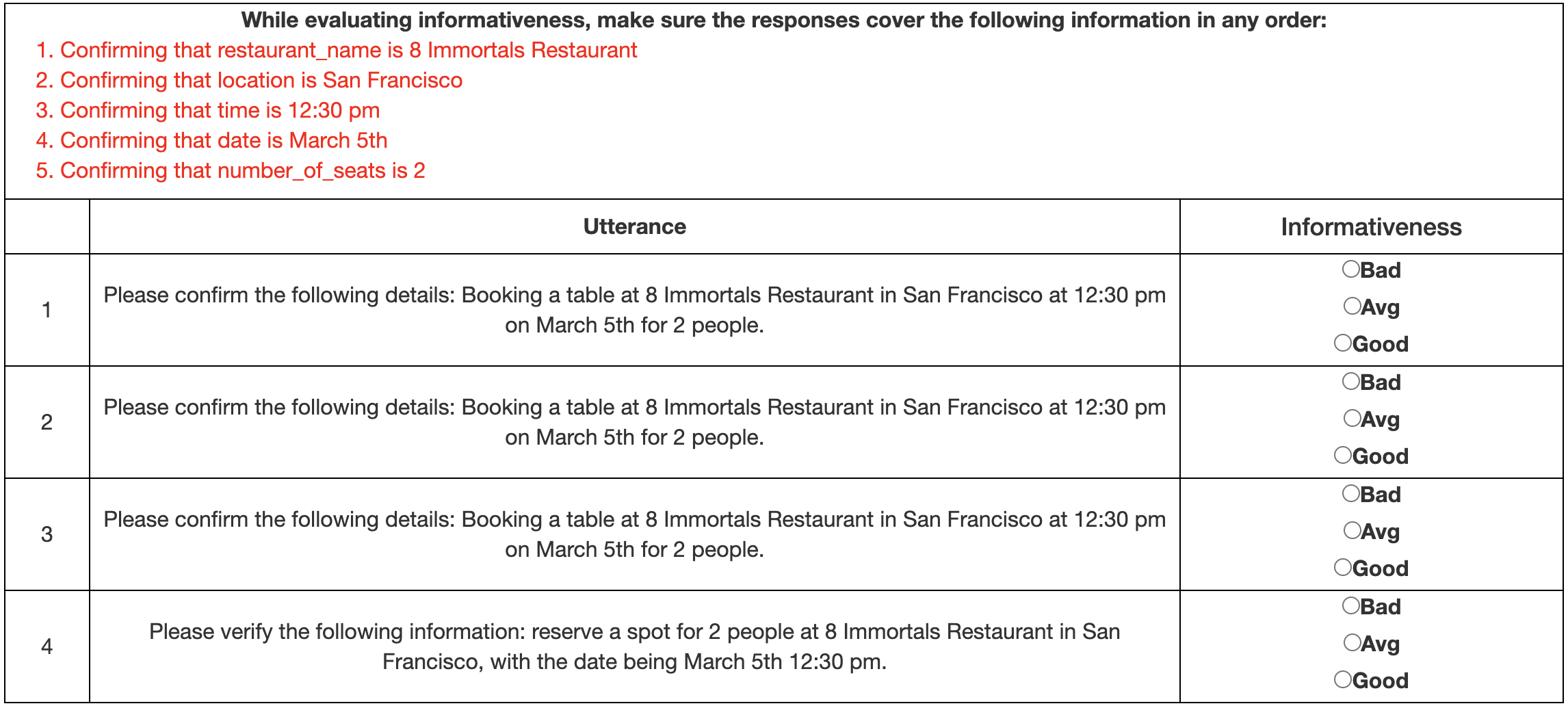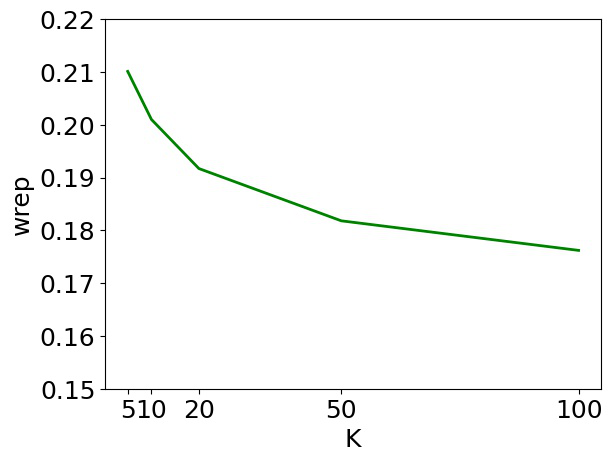Gradient-guided Unsupervised Lexically Constrained Text Generation
Lei Sha
Language Generation Long Paper

You can open the pre-recorded video in a separate window.
Abstract:
Lexically constrained generation requires the target sentence to satisfy some lexical constraints, such as containing some specific words or being the paraphrase to a given sentence, which is very important in many real-world natural language generation applications. Previous works usually apply beam-search-based methods or stochastic searching methods to lexically-constrained generation. However, when the search space is too large, beam-search-based methods always fail to find the constrained optimal solution. At the same time, stochastic search methods always cost too many steps to find the correct optimization direction. In this paper, we propose a novel method G2LC to solve the lexically-constrained generation as an unsupervised gradient-guided optimization problem. We propose a differentiable objective function and use the gradient to help determine which position in the sequence should be changed (deleted or inserted/replaced by another word). The word updating process of the inserted/replaced word also benefits from the guidance of gradient. Besides, our method is free of parallel data training, which is flexible to be used in the inference stage of any pre-trained generation model. We apply G2LC to two generation tasks: keyword-to-sentence generation and unsupervised paraphrase generation. The experiment results show that our method achieves state-of-the-art compared to previous lexically-constrained methods.
NOTE: Video may display a random order of authors.
Correct author list is at the top of this page.
Connected Papers in EMNLP2020
Similar Papers
Q-learning with Language Model for Edit-based Unsupervised Summarization
Ryosuke Kohita, Akifumi Wachi, Yang Zhao, Ryuki Tachibana,



